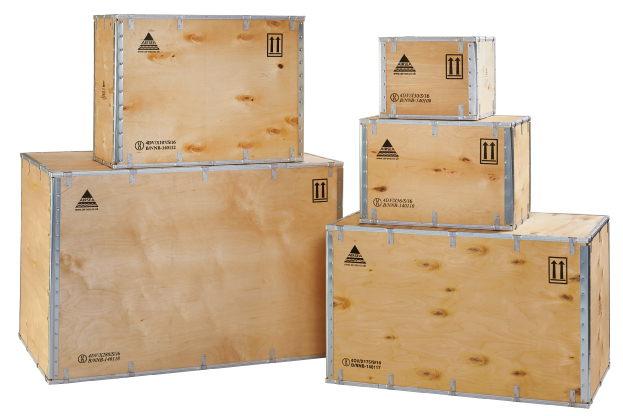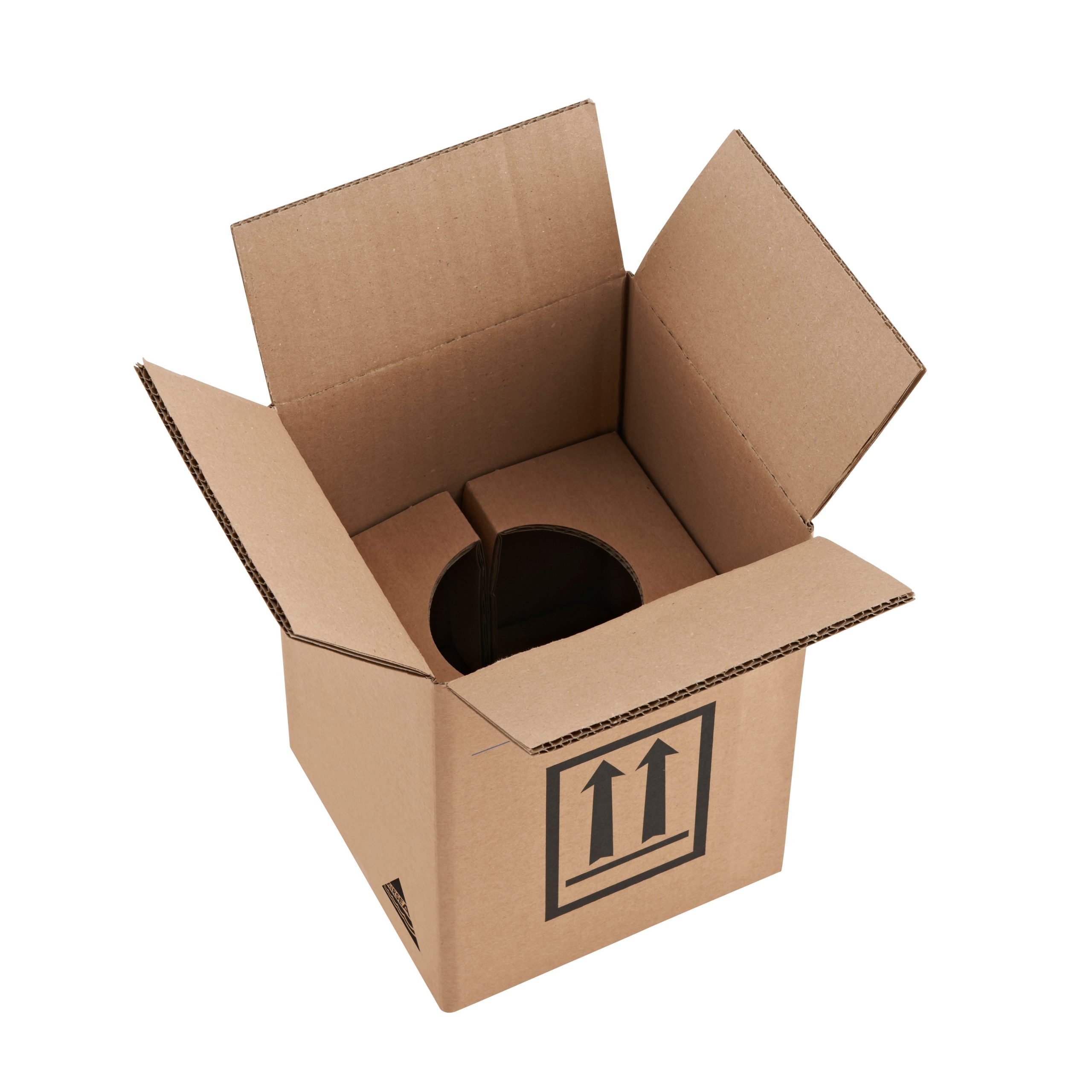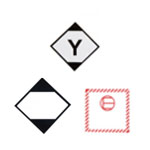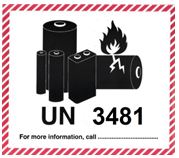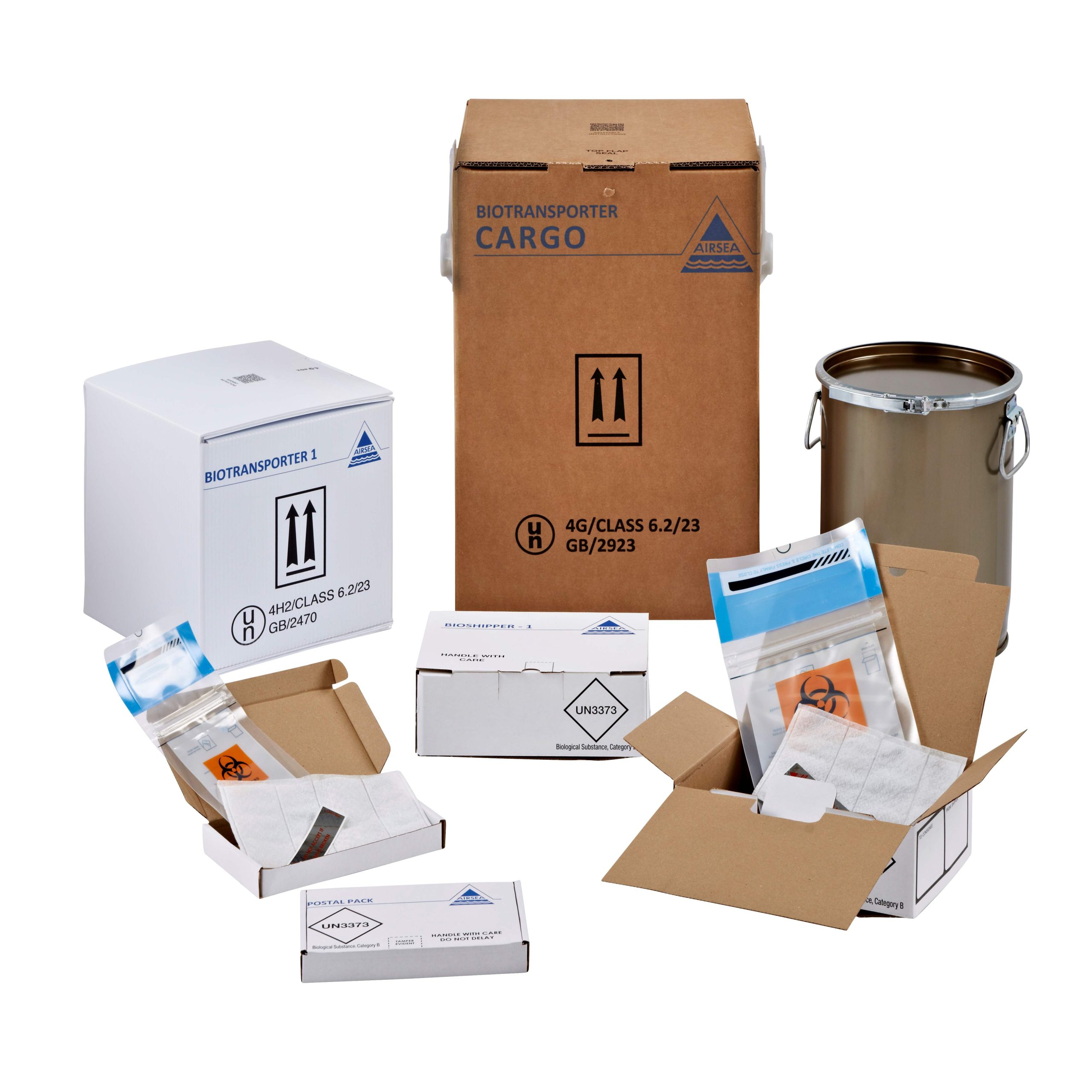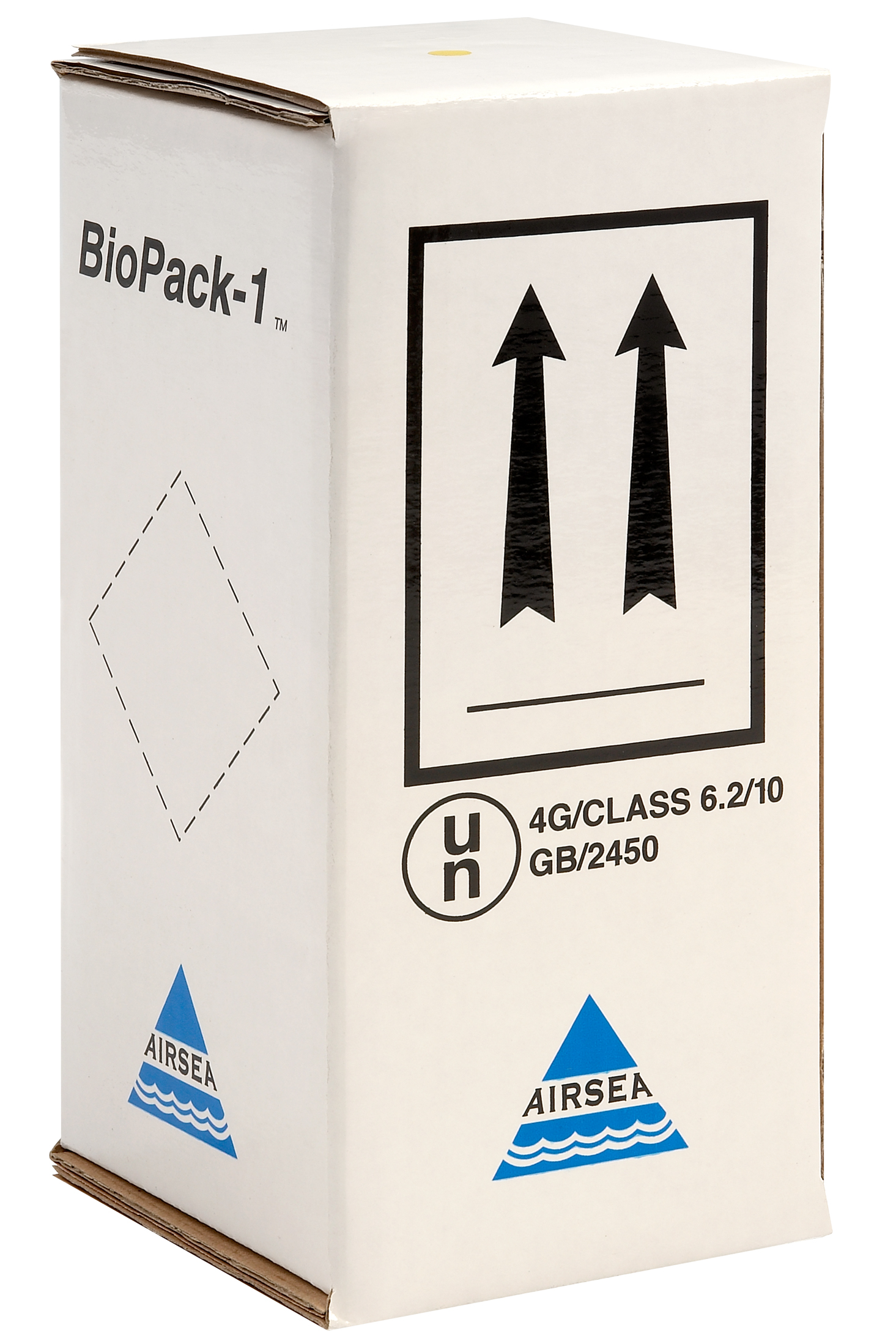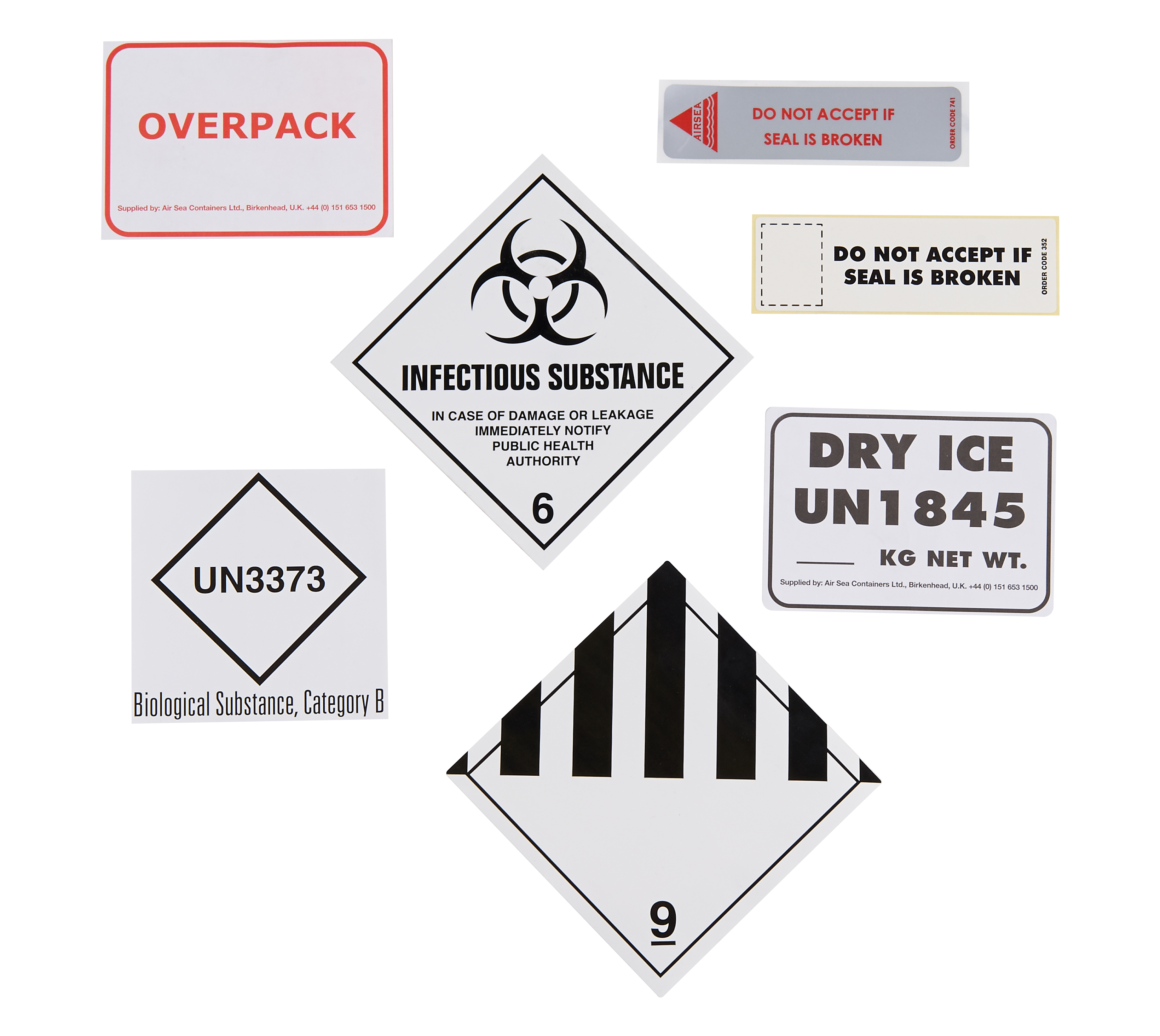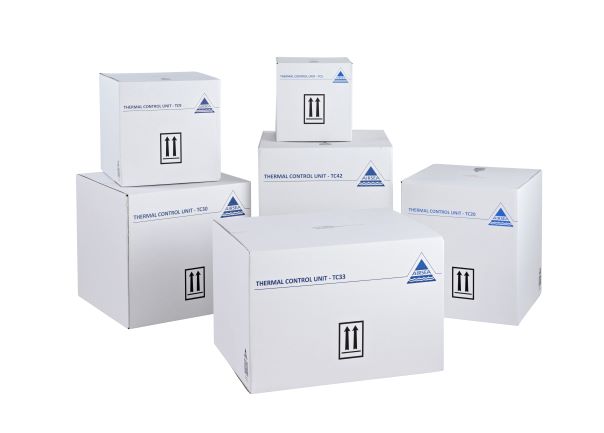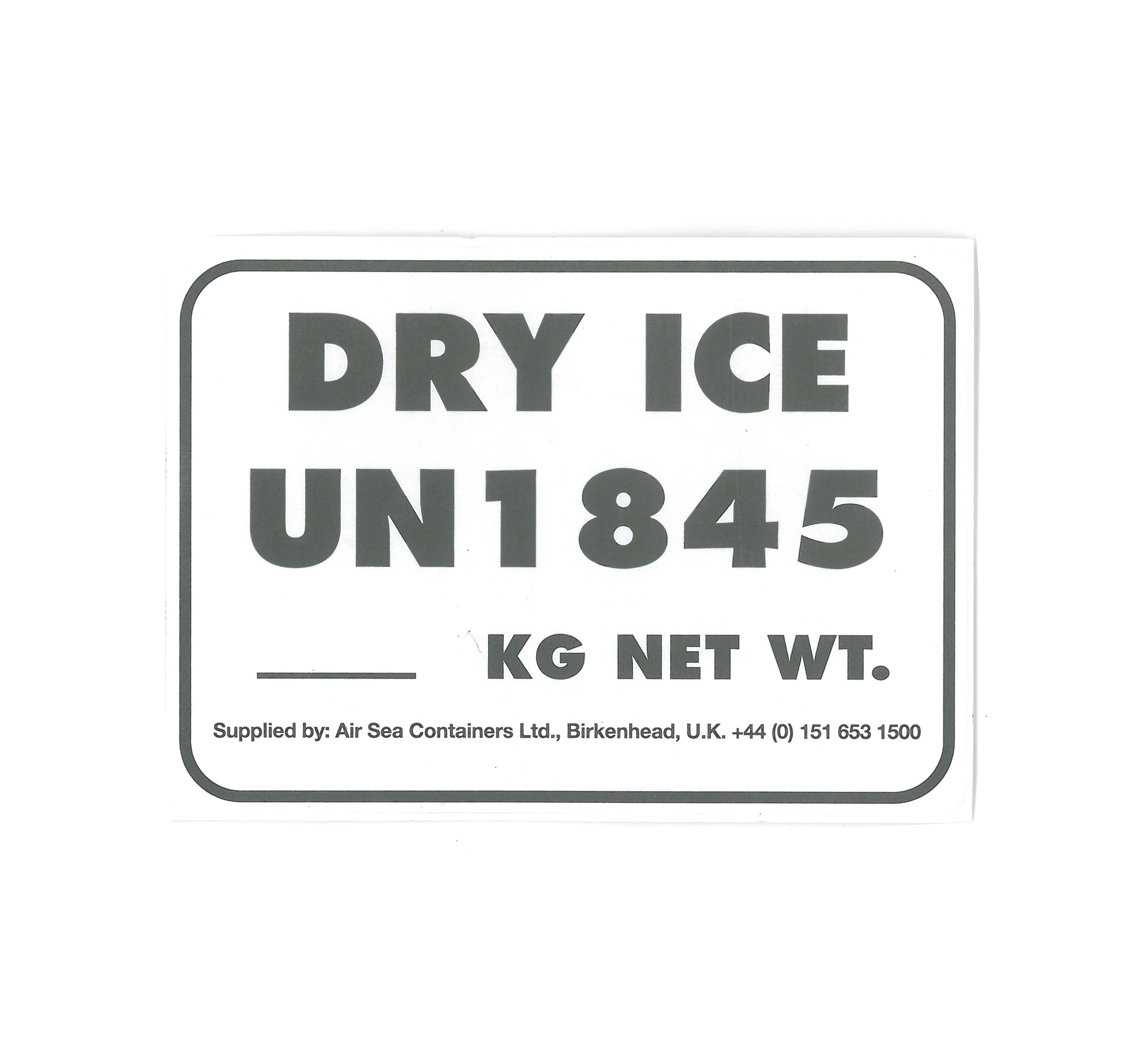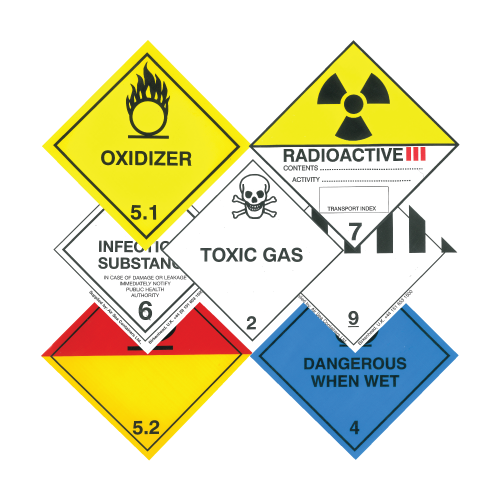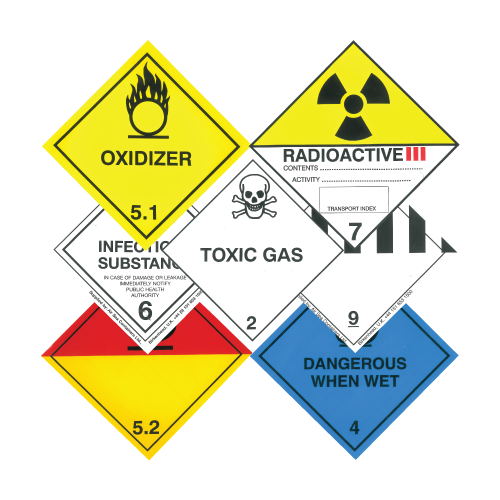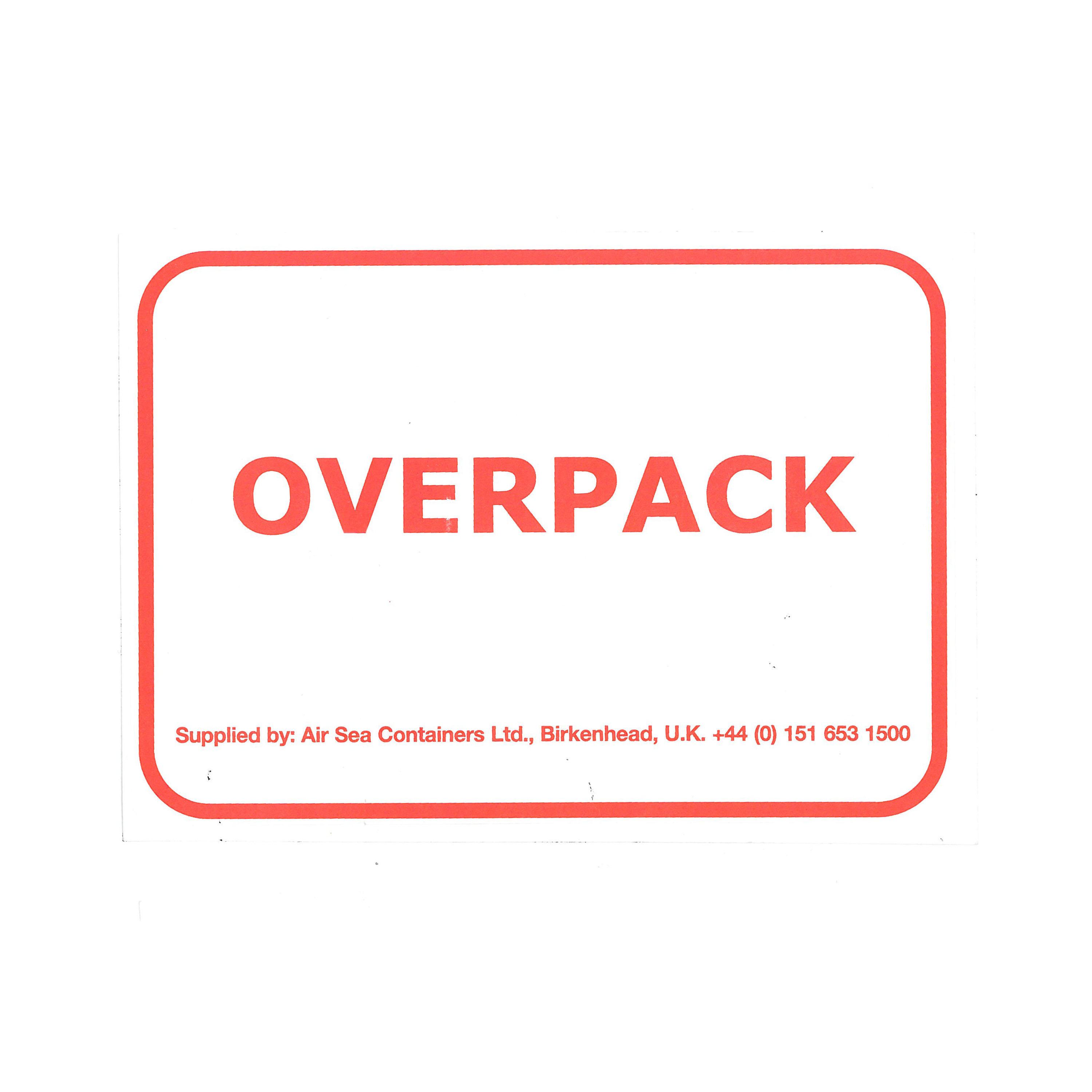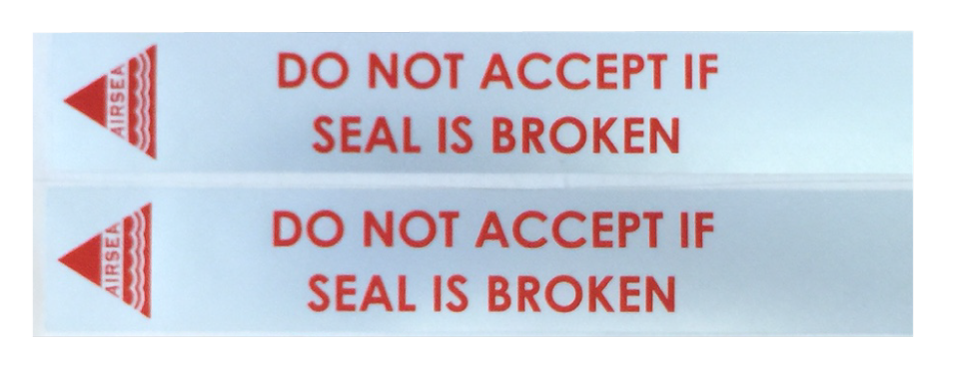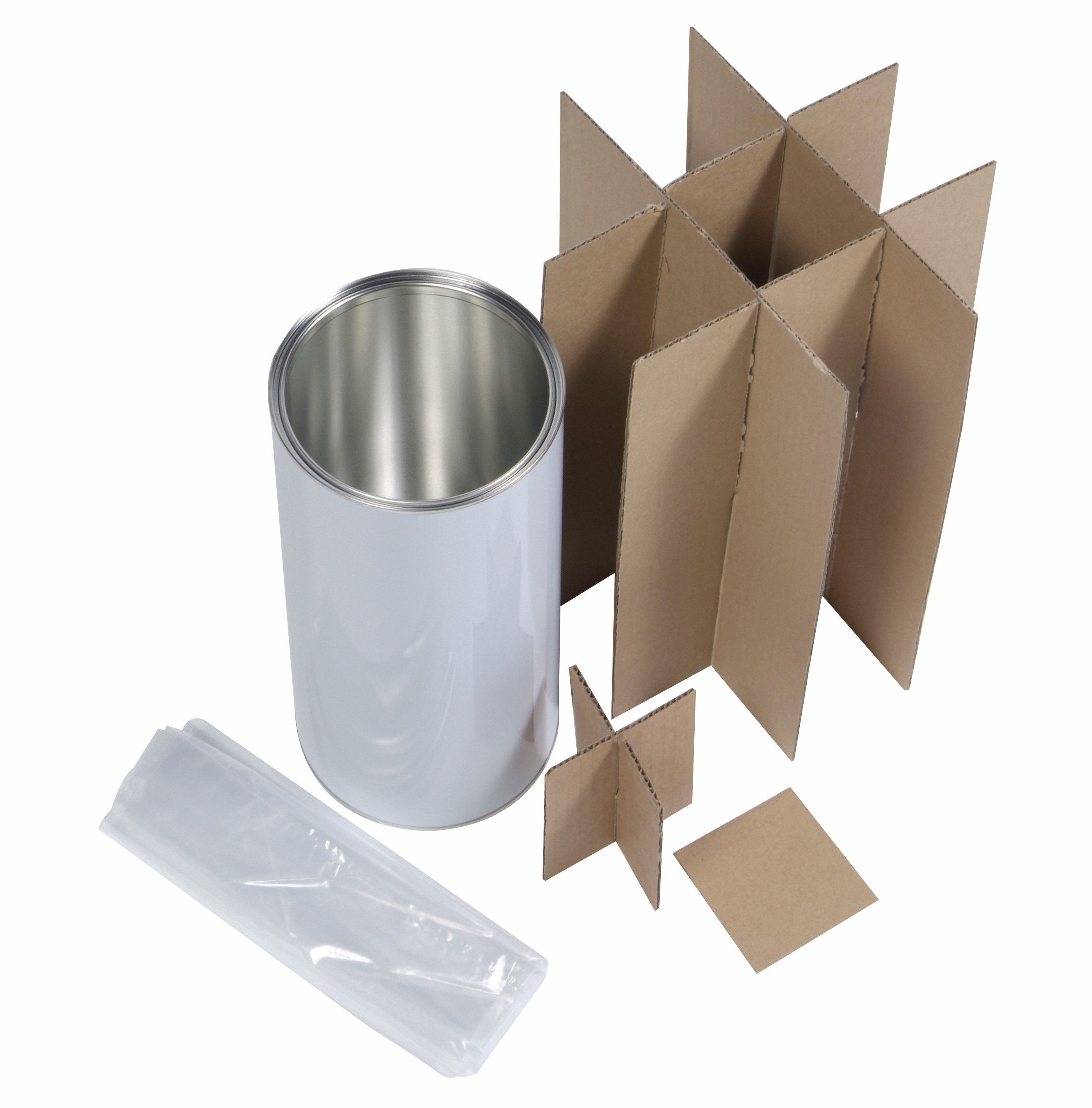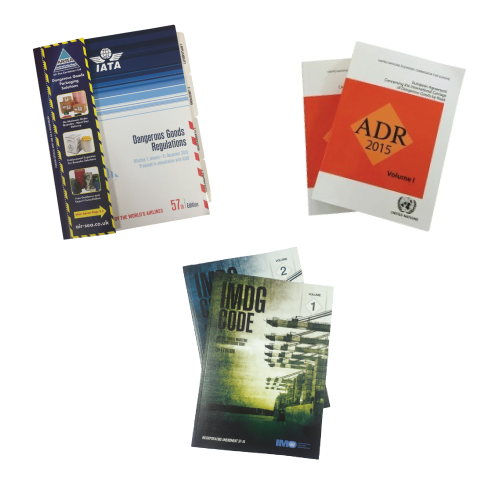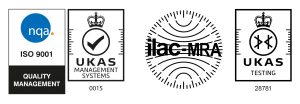Previously we wrote about what are the Dangerous Goods Regulations, in this article we will outline when they change, what version is applicable and what you can do about it. The UN model regulations (Recommendations) are amended every 2 years, the modes of transport (e.g., Air, Road, Sea) adopt these changes into their own regulatory texts but this is not immediate and there is a lag between these recommendations being adopted and put into application.
Having up to date regulations is extremely important as is being aware of some of the potential changes that may affect your operation, role or entity you advise. There are various reasons why regulations change, emerging technology, new UN entries created, industry feedback, language translation difficulties and editorial tidying up.
Some of these changes can be quite minor and have little effect to you whereas others have significant impact such as changes in classification, packing instructions and safety obligations of individuals or entities.
As most will be aware Lithium batteries tend to be an ever-morphing agenda item due to safety concerns but also to ever increasing dependency and evolution of technology. As a topic area this will continue to be an area of interest for many years and is a good example of staying in tune with changes and when they happen. Another significant item will be the changes to the obligations of the Consignor from 1st January 2023, the requirement to appoint a DGSA where not needed previously is likely to catch many people out.
So how and when do these changes happen, where do they happen and what can you do about it.
At the top of the tree as is the UN Recommendations on the Transport of Dangerous Goods-Model Regulations (UNRTDG or Orange Book or Model Regulations). Changes to these regulations are discussed over a series of meetings by the United Nations Sub-Committee of Experts on the Transport of Dangerous Goods (UNSCETDG).
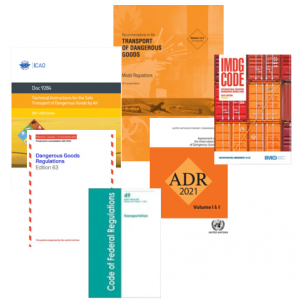
Below is a table demonstrating the events and dates when they happen, this is useful in understanding how long it may take for changes to occur and also how old your regulations are compared with the current narrative.
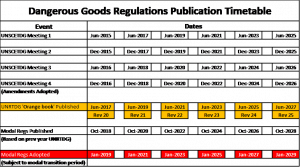
There are four meetings, the final meeting adopting the agreed changes and publication of the text following six months later. Towards the end of the following year, the modal regulations publish their revised editions based on the previous years UNRTDG and become adopted from the beginning of the following year with transition periods varying depending on the mode.
At the time of writing this article (June 2022) in the next week UNSCETDG Meeting 3 will take place in the cycle of meetings that are working on Revision 23 of the UNRTDG or Orange Book. The current Revision 22 of the Orange Book was published in June 2021 with the 23rd Revision due in June 2023.
The current Modal regulations adopted in January 2021 were published in October 2020, based on the published UNRTDG Revision 21. Each mode has a transition period before the new regulations come into force allowing the older revisions to be continued to be used for a set period of time. The ADR Road regulations for example have a transition period of 6 months whereas the IMDG Code Sea regulations are longer (See info graphic below, courtesy of IMO).
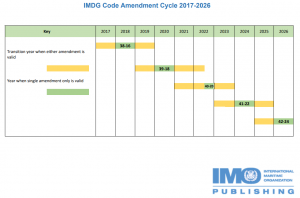
The changes to the UNRTDG happen by submission of papers which are debated by the members and stakeholders at the ECOSOC Sub-Committee of Experts on the Transport of Dangerous Goods. The meetings take place in Geneva, Switzerland with the next due at the end of this month.
Prior to this meeting the UK Department for Transport (DfT) Dangerous Goods Division seek the views of interested stakeholders from industry and various trade associations before attending the meeting and providing feedback and the UK position. DfT hold public meetings to discuss the proposed changes see https://www.gov.uk/government/groups/dangerous-goods-team for further details.
Anyone interested can provide feedback to DfT who encourage those doing so to consider:
- Potential impact on industry and safety if adopted.
- Whether there is an alternative/better way.
- Any unintended consequences of adopting the amendment/s
All the papers to be discussed are put on the UNECE website and can be viewed freely, the link to their homepage is here: https://unece.org/transport/dangerous-goods. For papers relating to the upcoming ECOSOC Sub-Committee of Experts on the Transport of Dangerous Goods (60th session), select the Meetings & Documents menu and scroll to the meeting hyperlink where you will find the list of Working and Informal papers being reviewed.
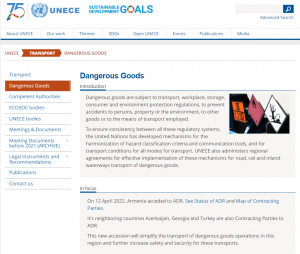
If transport regulations affect you, it is important to stay up to date not just on what has been decided but what influence you may wish to have on the potential changes that may affect you. Having attended the DfT UN briefing meetings for many years, it is clear that change does not happen quickly nor by itself, take a look at what is being proposed and have your say.
Information correct at time of publishing, 20th June 2022
 UK
UK



